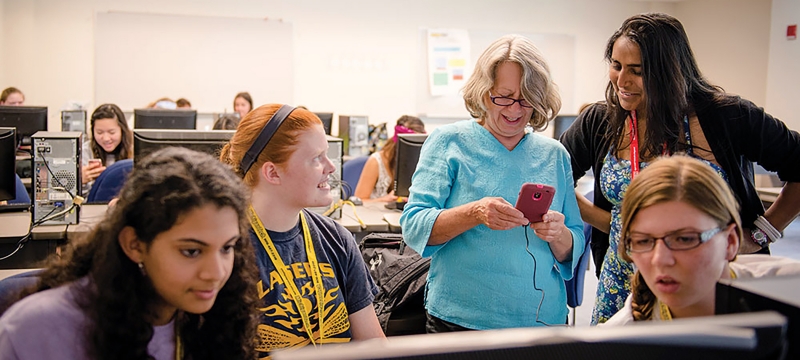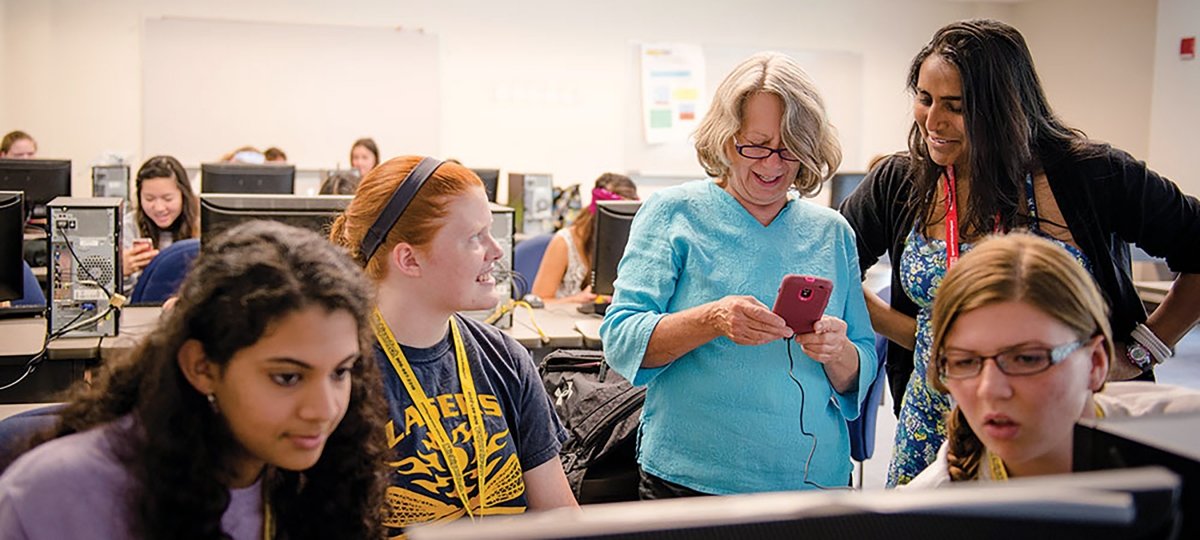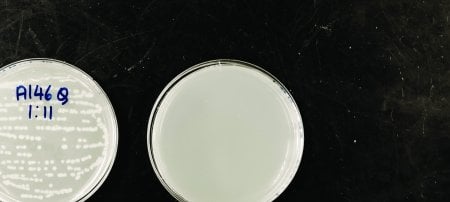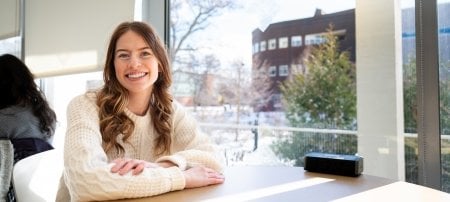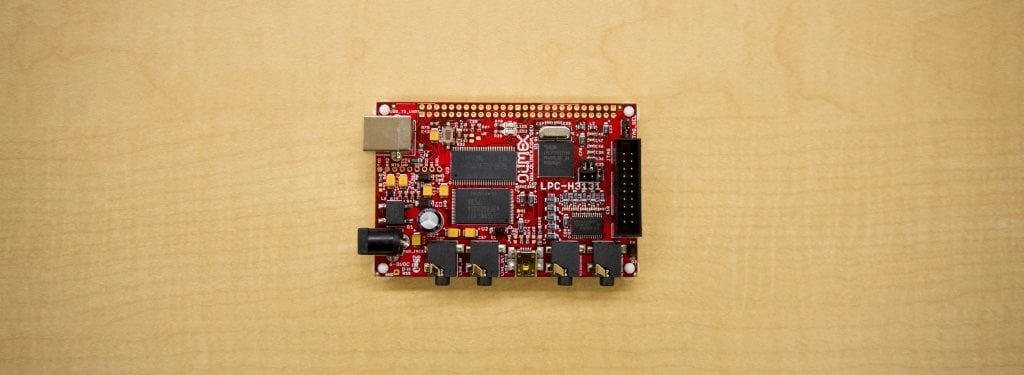At its first meeting of the 1973 winter quarter, the Michigan Tech Faculty Senate approved the University’s first undergraduate computer science (CS) curriculum, and in 1974 the first Bachelor of Science in Computer Science degrees were awarded.
At that time, students used an IBM System/360 mainframe computer. Computer science majors prepared their class programming assignments on noisy keypunch machines, turned in their decks at batch stations, and waited eagerly for minutes or hours to get back the listing containing the results of their runs—from a machine with less computing power than the average smartphone today.
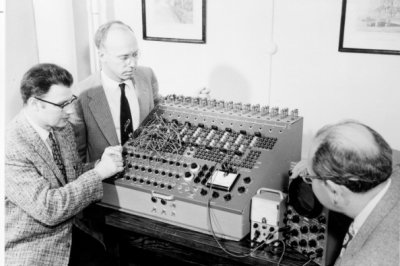
Today’s computing methods and technologies are radically different, but the value of an MTU computer science degree remains constant. To help celebrate 50 years of computer science at Michigan Tech, all CS alumni are invited to a gathering at this year’s 2024 Alumni Reunion, August 1-3. Details will be shared soon.
CS alumni are also invited to share their memories and thoughts on the impact of their education. Check out some of the alumni comments we have received so far!
Not Quite 50 Years of Memories
By Linda Ott, Professor and Emerita Chair, Department of Computer Science
It was spring 1978 when I interviewed for a faculty position here at Michigan Tech. To be honest, I thought of the interview as a “practice interview.” My dream was to move to the Northwest. But the people I met on that visit and the beauty of the area convinced me that it was actually in the UP that I wanted to begin my career.
I’ll never forget being picked up at the airport and then taken to the old College Motel, which was next to campus. It was around midnight and the office was closed, but there was an envelope taped to the door with my name on it and a key and room number inside. Clearly, I was not in a big city! The next day, as I was being given a tour of the area, the running commentary was something about it being a shame that it was the “ugly” time of year, with dirty snow piles and bare trees— and all I could think was how beautiful and peaceful it was here.
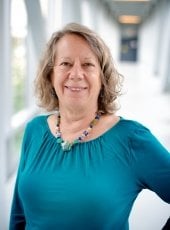
Things were quite different when I started at Tech. Students submitted programs on punched cards, exams were run off on a “ditto” or mimeograph machine, and the secretaries in the office would type exams and papers using an IBM Selectric typewriter. It was nice not having to be the person responsible for making things look neat and pretty. One of my favorite pieces of equipment in the early days was a modem in my office that I used to connect my terminal over the phone line to a computer. My favorite feature was the ability to switch that modem to data when I didn’t want to be interrupted by a phone call. Callers would simply get a busy signal, and I could grade programs (which were printed out on paper) or do whatever I needed to do interruption-free.
In the early days, we didn’t have a learning center or teaching assistants, so I spent a lot of my time answering student questions. Particularly when I was teaching CS110, the introductory programming course using Fortran, the line for my office hours would be quite long. It was great getting to know so many students, and the students showed their appreciation in unique ways—most memorably a jack-o’-lantern with aluminum foil braces at the batch station where they submitted their Fortran programs. Do I need to mention that I had braces at the time?
So much has changed since those early days. I’m now surrounded by computer scientists, not mathematicians, who are examining research questions we couldn’t conceive of in the ’70s. Our department has added master’s and PhD programs, and our undergraduate degree programs have expanded to include software engineering, data science, and cybersecurity along with computer science. Our undergraduate computer science program is now the second-largest undergraduate degree program on campus.
All this growth means that we’re outgrowing Rekhi Hall, the “new building” built for computer science less than two decades ago. Our alums are impacting our society in a wide range of industries. And, of course, there is the ever-increasing pace of change in our technology. But some things haven’t changed. The area and campus are still beautiful (perhaps even more beautiful than when I came), and the people, both on and off campus, are amazing.
"Sometimes while walking across campus, I am reminded how lucky I have been to be at Tech. As I often tell students, it’s great to have a goal, but sometimes taking a path in a different direction can put you in a place that you didn’t even know existed."
Michigan Technological University is an R1 public research university founded in 1885 in Houghton, and is home to nearly 7,500 students from more than 60 countries around the world. Consistently ranked among the best universities in the country for return on investment, Michigan's flagship technological university offers more than 185 undergraduate and graduate degree programs in science and technology, engineering, computing, forestry, business, health professions, humanities, mathematics, social sciences, and the arts. The rural campus is situated just miles from Lake Superior in Michigan's Upper Peninsula, offering year-round opportunities for outdoor adventure.
